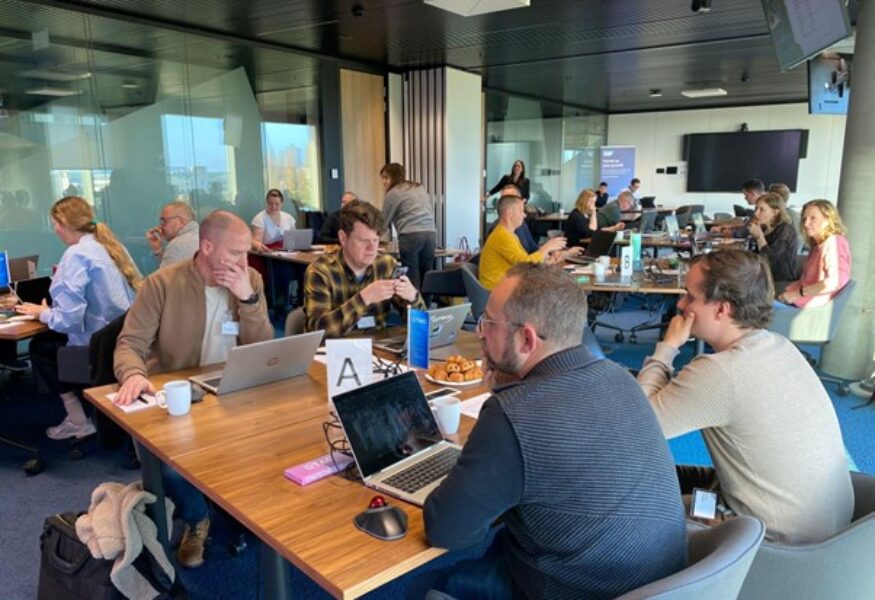In the series “How you can improve your hiring of consultants”, today we have a piece on assessing consultants based on their CV. The market has become increasingly flexible in recent years and more and more workers are opting to become self-employed or work for consultancy firms in order to be able to work on different projects with different customers. This trend has resulted in a huge increase in the number of external consultants.
We often hear our clients talking about the shift in the balance. Where 80% of consultants used to be permanent, internal staff, this has now changed to 50/50 or even 80% external and 20% employees. This makes it increasingly important to pick the right people for your temporary external workforce. But how do you separate the wheat from the chaff?
Chaotic growth
There is a clearly visible trend towards a more temporary labour market in which outsourcing is preferred to permanent employment. This has resulted in a proliferation of freelancers, small recruitment companies and new business units within consultancy firms who all work in this area. If, as a manager who is hiring, you submit a request to a number of parties, the floodgates will be opened. Your phone will be overheating with calls from recruiters who have heard something through the grapevine, you will receive all kinds of unsolicited offers by email from people who say they know what you need, and you will be drowning in CVs. Add to that the fact that the term “consultant” is not legally defined, and the fragmentation is now complete.
Before you know it, you have 20 profiles from which you, as a manager, need to select the perfect candidate. And if, after three months, it appears that this person isn’t quite the all-singing, all-dancing person you thought they were, you’ll soon start thinking: should I have picked one of the other 19 candidates? In short, whatever you decide, you can’t get it right. But there is another way.
A collaborative ecosystem
Finding the right candidates starts, in my opinion, with understanding each other properly in advance, mutual commitment and realistic expectations. This is achieved by picking two or three competent parties to work with, who have experience in the processes and applications for which you as a manager are responsible, and involving them in your activities. Evaluate your collaboration with these parties regularly, and see if you would like to offer a new partner a chance. By talking regularly to each other, the other party will know what’s going on in your department, and what’s important to you as a manager. Include them in the project calendar, share information and involve them in the process. Think of it as an ecosystem where customer and supplier work together.
When there is an actual need to hire someone, you only work with these two or three parties with whom you already have a strong relationship. They will find the right consultant or freelancer for you. Try to keep your focus steady, and don’t try out a new vendor at this stage in the process. Trust them, and use the knowledge of your contact person to talk you through the profiles they are suggesting. Why are you putting this person forward? What in their experience tells you that they can handle the job? What should I be looking for when I interview the candidate? In short, talk to each other. If you’re dealing with five, or maybe even ten, different vendors, that automatically creates an atmosphere where people play their cards close to their chest. After all, competition is fierce. However, if you show trust, you’ll be more than repaid.
It starts up front, with you, as an organisation and a manager, having a vision of how you want to work with different parties. What you’ll give them, so that they’ll give it back to you too. Make sure you review the collaboration regularly. Discuss the relationship, identify what has gone well, what shared successes have been achieved and what could still be improved. Sustainable relationship management takes time at the start, but will help you when you need it – and that will save you a lot of time!






